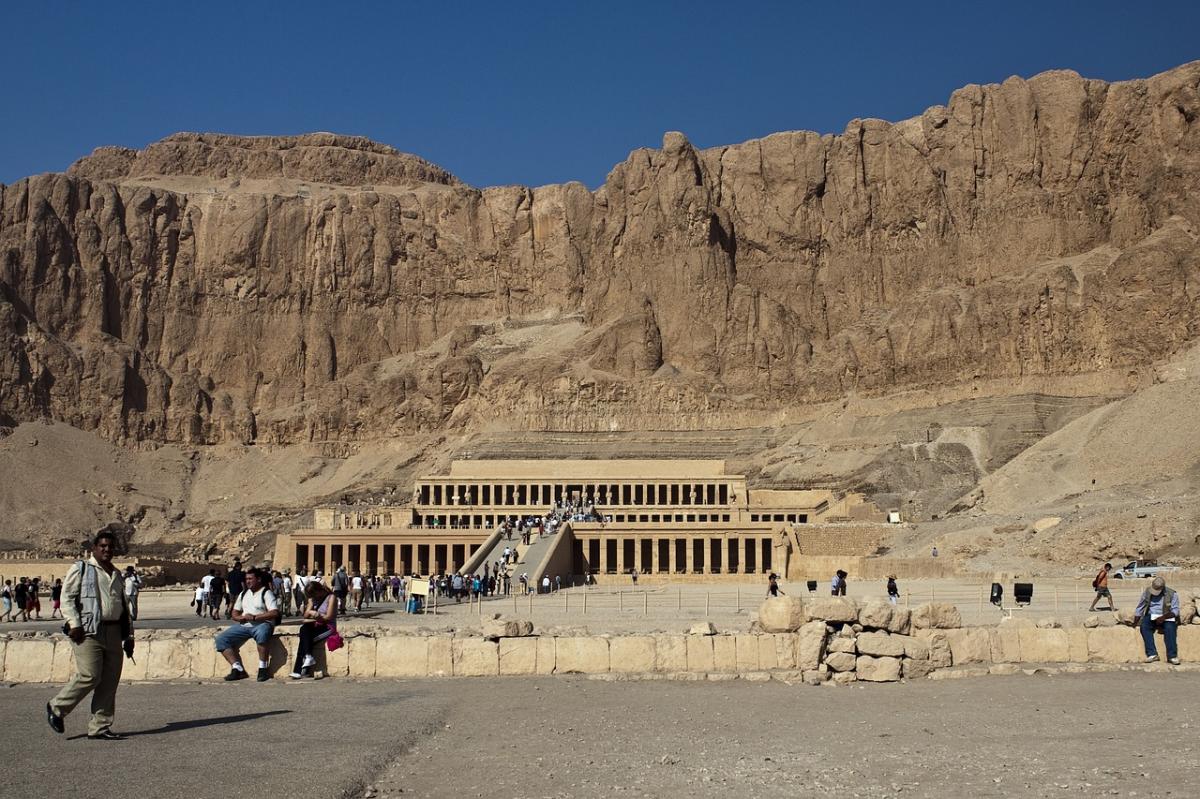
Inside the Valley of the Kings: Exploring Egypts Royal Tombs
The ancient Valley of the Kings in Egypt is an iconic historical site located on the west bank of the Nile River. The valley was used as a burial ground for many pharaohs and their families from around 1539 BC until 1075 BC. It contains more than sixty tombs, which were all carefully constructed to protect the bodies and artifacts inside from tomb robbers and looters. Each tomb was designed with special features like false doors, hidden passages, steep stairways, and treasures that could only be accessed by certain individuals. The development of these tombs spans centuries as each royalty added to or changed existing structures over time. Despite being looted throughout antiquity, there are still some incredible monuments preserved within this sacred site that tell us much about Ancient Egyptian culture including funerary practices, religious beliefs, artwork styles and more.
Tomb Locations
The Valley of the Kings is home to many tombs, some of which have been excavated and are open for visitors to explore. The most famous tomb in the valley is that of King Tutankhamun (KV
, but there are also several other important tombs scattered throughout the area. One such tomb is KV17, which belonged to Seti I and was discovered by Giovanni Battista Belzoni in
This tomb features a magnificent entrance hall with intricate hieroglyphs and statues depicting gods from Ancient Egyptian mythology. Further down into this burial chamber lies two large granite sarcophagi containing the remains of Seti I and his son Ramses II as well as various treasures including royal chariots, furniture, jewelry, weapons, pottery jars filled with wine or beer and more. Other impressive tombs include KV63 belonging to Tutankhamun’s treasurer Ineni; KV14 belonging to Thutmose IV (a powerful pharaoh who ruled during the 18th Dynasty); KV34 housing Amenhotep II; as well as several others associated with various members of Egypt’s ruling families over time.
King Tut's Tomb
King Tutankhamun’s tomb, known as KV62, is one of the most famous tombs in the Valley of the Kings. It was discovered by British archaeologist Howard Carter and his team in 1922 after a long search for lost tombs. The entrance to this burial chamber had been sealed off with rubble from an ancient rock fall and it was thought that no one would ever find it again. This made King Tut’s tomb even more special when they finally uncovered it! Once inside, Carter and his team were amazed at what they saw: over 5400 objects spread across four chambers filled with treasures such as jewelry, furniture, statues, weapons, chariots and other artifacts all perfectly preserved through time. Even though some items had been looted previously during antiquity, much of the original contents remained intact giving us valuable insight into Ancient Egyptian culture.
The discovery of King Tut's tomb has captivated people around the world since its rediscovery in
It not only yielded incredible archaeological finds but also sparked a renewed interest in Ancient Egypt which continues today. After being opened to visitors for several decades now, King Tut's tomb remains an iconic site that sheds light on our past allowing us to appreciate how far we have come throughout history!
Construction and Design of the Tombs
The tombs found within the Valley of the Kings are some of the most impressive structures ever created in Ancient Egypt. They were carefully designed and constructed with intricate detail to ensure that each burial chamber was secure and impervious to looters or robbers. Many of these tombs contain several chambers connected by winding corridors, steep stairways, false doors, and hidden passages leading up into a burial shaft where all of the treasures were kept safe from prying eyes.
The walls surrounding many of these tombs are decorated with detailed artwork depicting gods from Ancient Egyptian mythology as well as scenes from everyday life such as hunting, fishing, farming and more. In addition to paintings on the walls there are often sculptures made out of stone or metal placed around different areas within each tomb - which helps create an overall atmosphere that gives insight into how royalty lived during this time period. Some notable examples include Tutankhamun’s golden throne and funerary mask; Seti I’s alabaster sarcophagus containing his remains; Thutmose IV's statue depicting him riding a chariot surrounded by birds; Amenhotep II's four colossi statues facing outward at each corner near his entrance door; Ramesses III's grand frescoes adorning his red-painted hallways; and so much more!
All together, these design features provide us with an incredible glimpse into not only what it must have been like for Pharaohs to live long ago but also about their religious beliefs - which tell us much about their culture in general. The Valley of Kings is thus an invaluable archaeological site that has allowed historians to gain better understanding our ancient past!
Conservation and Preservation of the Tombs
The conservation and preservation of the tombs in the Valley of the Kings is an incredibly important task to ensure that these ancient structures remain intact for future generations. In order to preserve the tombs, a variety of techniques are used including physical repairs, chemical treatments and climate control systems.
Physical repairs are made by teams of archaeologists and conservators who carefully assess each tomb before making any necessary repairs or replacements. This includes filling in cracks, repainting walls with non-invasive pigments, reinforcing weak areas with mortar, and replacing deteriorated stone blocks with new ones. These measures help maintain structural integrity while also preserving as much original material as possible.
Chemical treatments are used to protect surfaces from further damage caused by natural elements such as humidity, mold growth or dust accumulation. For instance, waxes can be applied on wall paintings to prevent them from cracking; plastics may be employed over sculptures or stones for protection against dirt; preservatives like linseed oil may be added to wooden objects; corrosive metals can be treated using electrolysis baths; and so on depending on the individual needs of each artifact found within a given tomb complex.
Finally, climate control systems have been installed in many tombs throughout the valley which help regulate temperature and humidity levels thus reducing deterioration due to environmental factors such as extreme temperatures or dampness inside certain chambers where air circulation is limited naturally due to their design features (like false doors). All together these various methods help keep this site safe from decay while still allowing visitors access into some parts if desired - ensuring both its historic importance remains accessible but also protected for years to come!
Conclusion
Visiting the Valley of the Kings and its tombs is an incredible experience that will take you back in time to explore Ancient Egypt. Tourists can choose from a variety of tours depending on their interests, ranging from fully guided personalized excursions to self-guided walks through some of the most famous tombs. The valley itself is easily accessible by car or bus from Luxor city while several companies offer organized day trips with air-conditioned transportation as well as knowledgeable tour guides who are more than happy to provide insight into this ancient wonderland.
Within the Valley, visitors have access to over 60 tombs including those belonging to powerful Pharaohs such as Ramses II, Amenhotep III and Seti I; however, it’s King Tutankhamun’s tomb (KV
Which remains one of the most popular sites in all of Egypt due its mysterious past and wealth artifacts found within it - making it a must see for any visitor!
In addition to these main attractions there are also many other smaller yet equally fascinating tombs scattered throughout the area - each offering something unique for tourists keen on exploring further into history. For example, KV14 holds Thutmose IV's sarcophagus which features detailed hieroglyphic inscriptions about his life story; KV34 contains Amenhotep II's four colossi statues facing outward at each corner near his entrance door; while KV17 was discovered by Giovanni Battista Belzoni in 1817 revealing two large granite sarcophagi containing Seti I and Ramses II respectively - providing us with valuable insights into how royalty lived long ago!
For anyone looking for an unforgettable journey back through history then look no further than a visit to Egypt’s Valley of Kings - where centuries old secrets await!
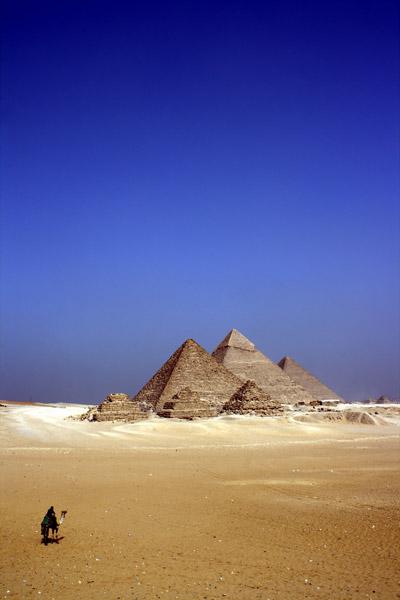
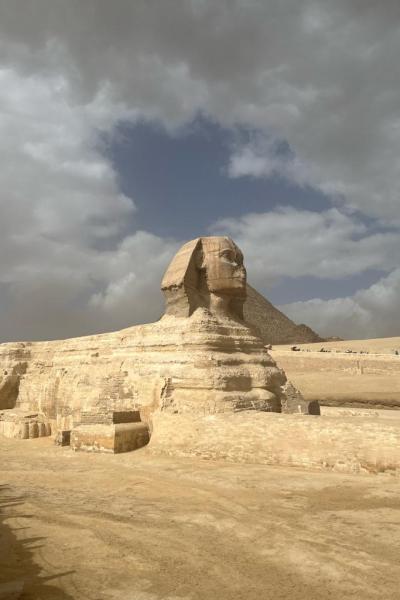
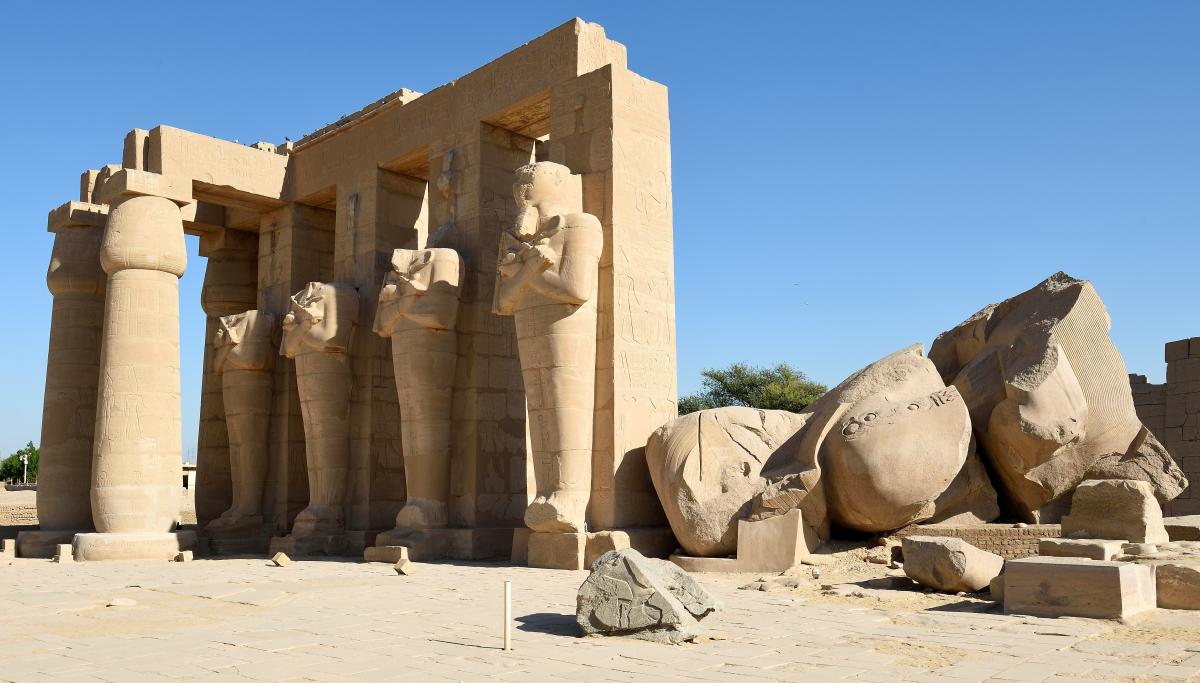
Across the Nile River from the bustling modern city of Luxor lies a landscape of dramatic dualities that shaped the beliefs and lives of the ancient Egyptians . The West Bank presents a stark transition from a verdant, life-giving floodplain, created by millennia of the Niles annual deposit of fertile...
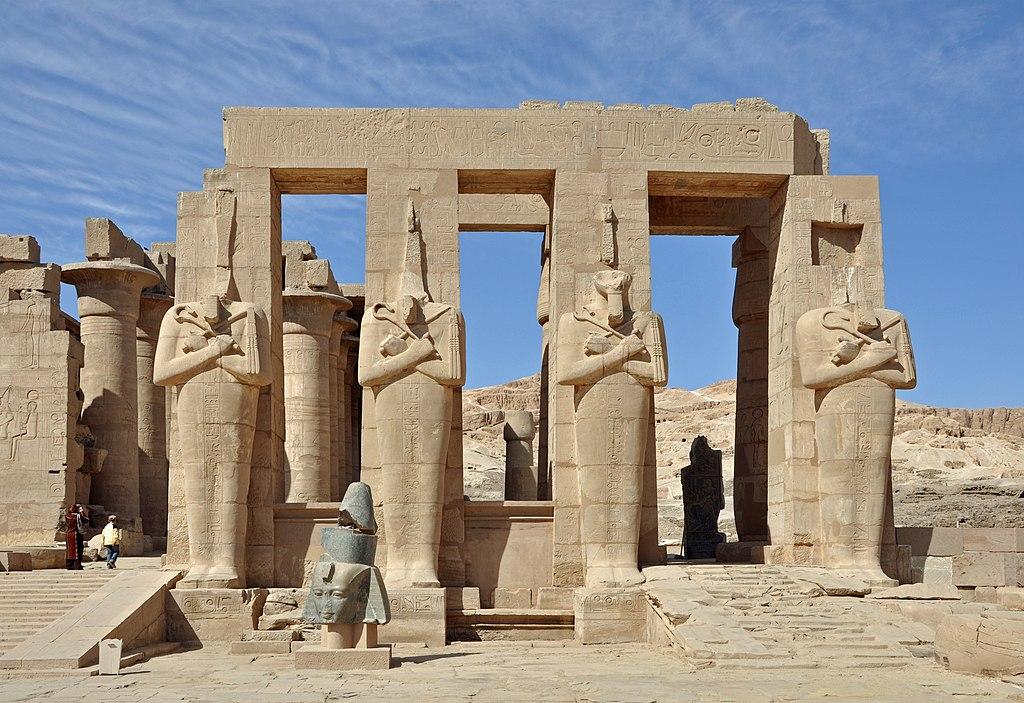
The Ramesseum Temple is a grandiose monument located in Luxor, Egypt. Built by Ramses II during the 19th Dynasty of ancient Egypt, it was designed as an homage to the great pharaoh and his accomplishments. The temple complex consists of two main structures: a large pylon gateway and a hypostyle hall...
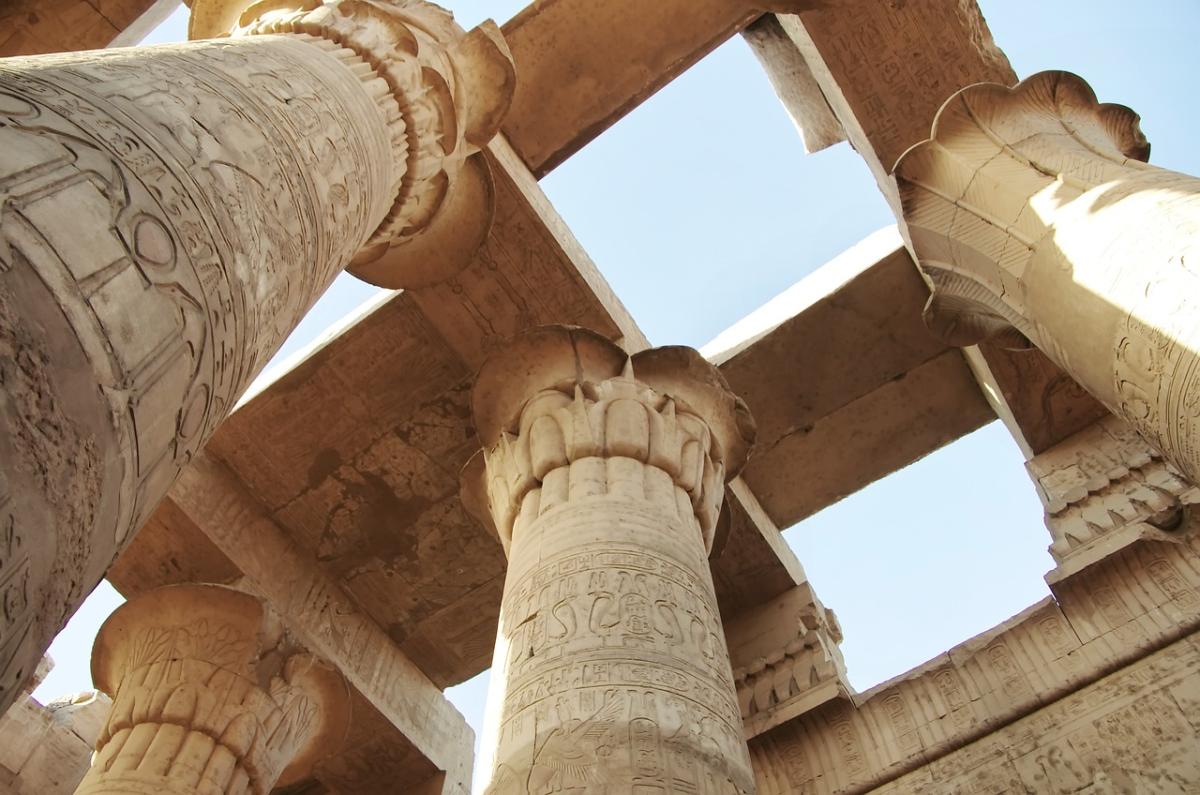
Karnak Temple is one of the most awe-inspiring ancient sites in Egypt. Located near Luxor, Karnak was once a bustling religious center dedicated to the god Amun and his consort, Mut. Dating back thousands of years, this incredible temple complex has been gradually built up over time by generations of...